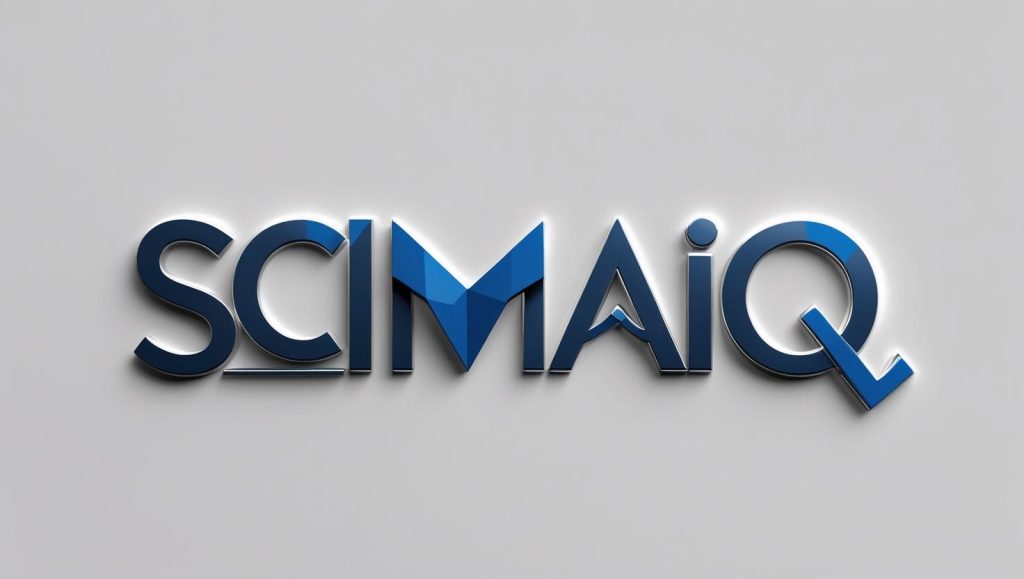IGCSE Mathematics
Money, Percentages & Exponential Growth/Decay
Comprehensive notes covering essential concepts for the IGCSE 2026 curriculum, focusing on practical applications and problem-solving strategies.
1. Money Calculations
Core Basic Money Operations
- Currency Conversion: Converting between different currencies using exchange rates
- Profit and Loss: Calculating profit/loss percentages and actual amounts
- Simple Interest: I = PRT/100 (Principal × Rate × Time ÷ 100)
Example - Currency Conversion:
If £1 = $1.25, how many dollars would you get for £240?
Solution: £240 × 1.25 = $300
Example - Profit Calculation:
A phone bought for $400 is sold for $520. Calculate the percentage profit.
Profit = $520 - $400 = $120
Percentage profit = (120/400) × 100 = 30%
2. Percentage Calculations
Core Fundamental Percentage Concepts
| Calculation Type | Formula | Example |
|---|---|---|
| Percentage of a quantity | Value = (Percentage/100) × Total | 15% of 200 = 0.15 × 200 = 30 |
| Percentage increase | New = Original × (1 + Percentage/100) | Increase 80 by 25% = 80 × 1.25 = 100 |
| Percentage decrease | New = Original × (1 - Percentage/100) | Decrease 150 by 20% = 150 × 0.8 = 120 |
| Reverse percentage | Original = New ÷ (1 ± Percentage/100) | If price after 15% increase is $115, original = 115 ÷ 1.15 = $100 |
Extended Compound Percentages
Where A = final amount, P = principal, r = rate%, n = time periods
Example - Compound Interest:
$1000 invested at 5% per annum for 3 years:
A = 1000 × (1 + 5/100)³ = 1000 × (1.05)³ = 1000 × 1.157625 = $1157.63
3. Exponential Growth and Decay
Extended Exponential Growth
Exponential Growth: When a quantity increases by a fixed percentage over equal time intervals.
Where y = final amount, a = initial amount, r = growth rate, n = time periods
Example - Population Growth:
A bacteria culture starts with 200 bacteria and grows at 15% per hour. How many after 6 hours?
y = 200 × (1 + 0.15)⁶ = 200 × (1.15)⁶ ≈ 200 × 2.313 = 462.6 ≈ 463 bacteria
Extended Exponential Decay
Exponential Decay: When a quantity decreases by a fixed percentage over equal time intervals.
Where y = final amount, a = initial amount, r = decay rate, n = time periods
Example - Radioactive Decay:
A substance decays at 8% per year. If you start with 500g, how much remains after 10 years?
y = 500 × (1 - 0.08)¹⁰ = 500 × (0.92)¹⁰ ≈ 500 × 0.434 = 217g
Extended Half-Life and Doubling Time
| Concept | Definition | Formula Relationship |
|---|---|---|
| Half-life | Time for quantity to reduce to half | (1/2) = (1 - r)ⁿ → solve for n |
| Doubling time | Time for quantity to double | 2 = (1 + r)ⁿ → solve for n |
4. Real-World Applications
Financial Applications
- Compound interest on savings and loans
- Depreciation of assets (cars, equipment)
- Inflation calculations
- Investment growth over time
Scientific Applications
- Population growth of organisms
- Radioactive decay in physics
- Drug concentration in medicine
- Carbon dating in archaeology
Quick-Check Formula Summary
| Concept | Formula | When to Use |
|---|---|---|
| Simple Interest | I = PRT/100 | Interest calculated on original principal only |
| Compound Interest | A = P(1 + r/100)ⁿ | Interest calculated on accumulated total |
| Percentage Change | % Change = (Change/Original) × 100 | Finding increase/decrease percentages |
| Exponential Growth | y = a(1 + r)ⁿ | Population growth, investment growth |
| Exponential Decay | y = a(1 - r)ⁿ | Depreciation, radioactive decay |
| Reverse Percentage | Original = New ÷ (1 ± %/100) | Finding original price before % change |
5. Exam Tips and Common Mistakes
Common Mistake to Avoid:
Incorrect: 100 increased by 10% for 2 years = 100 + 10 + 10 = 120
Correct: 100 increased by 10% for 2 years = 100 × 1.10 × 1.10 = 100 × 1.21 = 121
The second year's increase is calculated on the new total, not the original.
